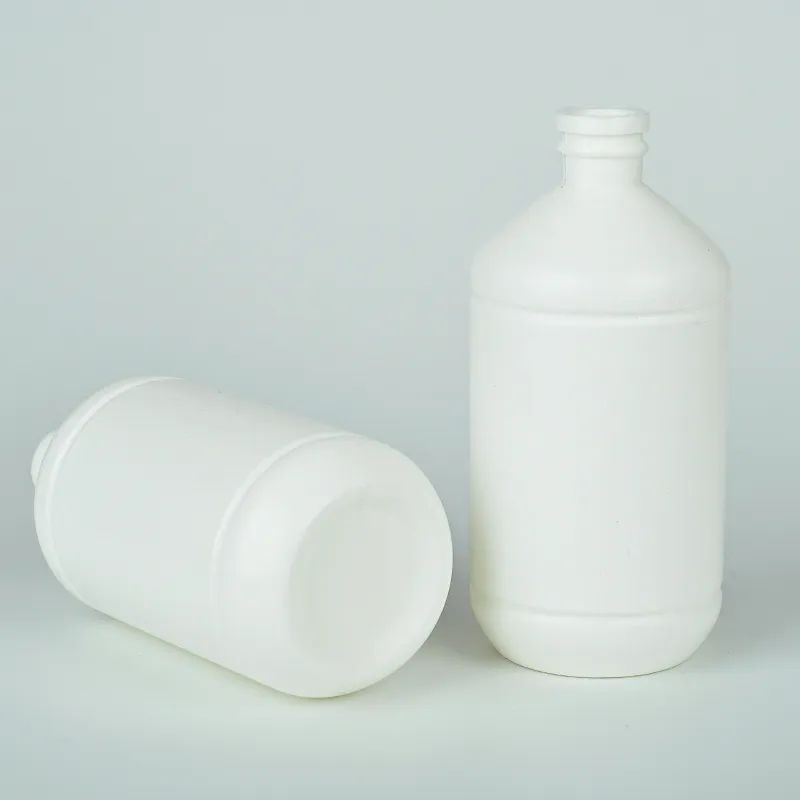https://www.wahmg.com/)">
250 ml reagent bottle
250 ml reagent bottle
Understanding the Importance of a 250 ml Reagent Bottle in Laboratory Settings
In scientific research and laboratory settings, precise measurements and proper storage of chemicals are paramount. One of the essential tools in this context is the reagent bottle. Among the various sizes available, the 250 ml reagent bottle stands out as a versatile and widely used container. This article will explore the significance of a 250 ml reagent bottle, its applications, and the benefits it offers in a laboratory environment.
What is a Reagent Bottle?
A reagent bottle is a container used to hold chemicals, reagents, or solvents in a laboratory. These bottles are typically made of glass or high-quality plastic, ensuring that they are both durable and chemically resistant. They come in various sizes, including 100 ml, 250 ml, 500 ml, and others, to accommodate different volumes of liquids. The 250 ml size is particularly popular because it strikes a balance between being large enough for many applications while remaining manageable and easy to use.
Applications of a 250 ml Reagent Bottle
The 250 ml reagent bottle is used in numerous applications across various scientific disciplines. Its primary function is to store liquids, such as solvents, acids, and bases, which are commonly needed in chemical experiments and analyses. In addition to storage, 250 ml reagent bottles are often used for mixing chemical solutions. Their wide mouth allows for easy access, making it convenient to add solids or liquids as needed.
Moreover, in educational settings, 250 ml reagent bottles are frequently used in laboratory classes to teach students about chemical reactions, solution preparation, and fundamental laboratory techniques. The size is ideal for small-group experiments, helping students learn to handle chemicals safely while providing ample volume for conducting various procedures.
Material Considerations
Reagent bottles come in different materials, each with its advantages. Glass reagent bottles are favored for their chemical inertness, making them suitable for storing a wide range of substances without risk of leaching or contamination. Additionally, glass bottles are easy to clean and sterilize, providing a level of safety that is crucial in any laboratory environment.
250 ml reagent bottle

On the other hand, plastic reagent bottles, often made from polyethylene or polypropylene, are lightweight and less fragile than their glass counterparts. They are an excellent option for labs that prioritize safety and mobility, particularly in educational settings where the risk of breakage may be higher. However, it's essential to choose high-quality, chemical-resistant plastics to avoid contamination or degradation over time.
Benefits of Using 250 ml Reagent Bottles
1. Versatility The 250 ml size makes these bottles suitable for various applications, from reagent storage to conducting experiments, making them a staple in any laboratory.
2. Ease of Use Their size is manageable for pouring, mixing, and measuring, reducing the risk of spills or accidents during laboratory procedures.
3. Standardization Many laboratory protocols and experiments are designed around standard reagent volumes, and having a consistent size like 250 ml helps streamline processes and improve accuracy.
4. Safety Properly labeled and stored in 250 ml reagent bottles, chemicals can be kept in a safe environment, reducing the risk of exposure and contamination.
5. Cost-Effective When purchased in bulk, 250 ml reagent bottles can be a cost-effective solution for labs that require multiple containers for different reagents.
Conclusion
In conclusion, the 250 ml reagent bottle is an indispensable tool in scientific laboratories. Its versatility, ease of use, safety features, and cost-effectiveness make it a favored choice for storing and handling chemical substances. As laboratories continue to advance in research capabilities and educational outreach, the importance of reliable and effective containers, such as the 250 ml reagent bottle, cannot be overstated. Whether in a high-tech research facility or a classroom setting, these bottles facilitate chemical experimentation and learning, underpinning the scientific advancements of today and tomorrow.
-
Wholesale Plastic Juice Bottles with Caps 16 oz Options Available Bulk Packaging SolutionsNewsJun.10,2025
-
Laboratory Apparatus Reagent Bottle – Durable & Chemical Resistant Bottles for Safe StorageNewsJun.10,2025
-
Squeezable Dropper Bottles Durable, Leak-Proof & CustomizableNewsMay.30,2025
-
Affordable Plastic Petri Plates Sterile & Disposable Lab-GradeNewsMay.30,2025
-
Eye Dropper Caps Precision 24/410 & Plastic Bottle-Compatible TipsNewsMay.30,2025
-
Affordable Mini Spray Bottle Price & Wholesale Deals Shop NowNewsMay.29,2025





















